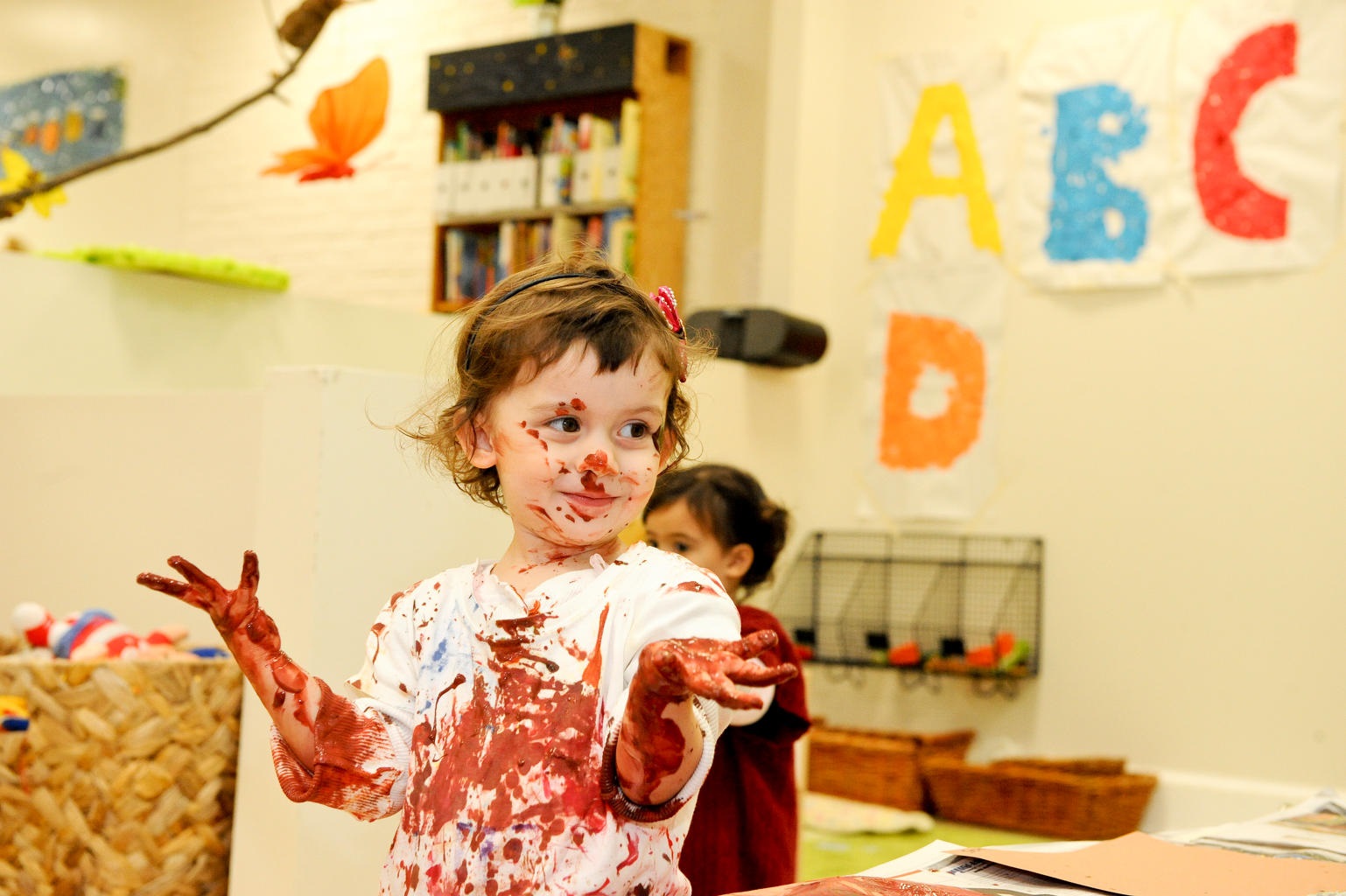Hailed as the best pre-schools in the world by Newsweek magazine in 1991, the Reggio Emilia approach to early childhood education has attracted the worldwide attention of educators, researchers and just about anyone interested in early childhood education best practices. Even the National Association for the Education of Young Children (NAEYC)’s revised version of developmentally appropriate practices (DAP) guidelines also included examples from the Reggio approach. Today, the Reggio approach has been adopted in USA, UK, New Zealand, Australia and many other countries.
Loris Malaguzzi (1920-1994) founded the ‘Reggio Emilia’ approach at a city in northern Italy called Reggio Emilia. The ‘Reggio’ approach was developed for municipal child-care and education programs serving children below the age of six. The approach requires children to be seen as competent, resourceful, curious, imaginative, inventive and possess a desire to interact and communicate with others.
The ‘Reggio’ vision of the child as a competent learner has produced a strong child-directed curriculum model. The curriculum has purposive progression but not scope and sequence. Teachers follow the children’s interests and do not provide focused instruction in reading and writing. Reggio approach has a strong belief that children learn through interaction with others, including parents, staff and peers in a friendly learning environment.
